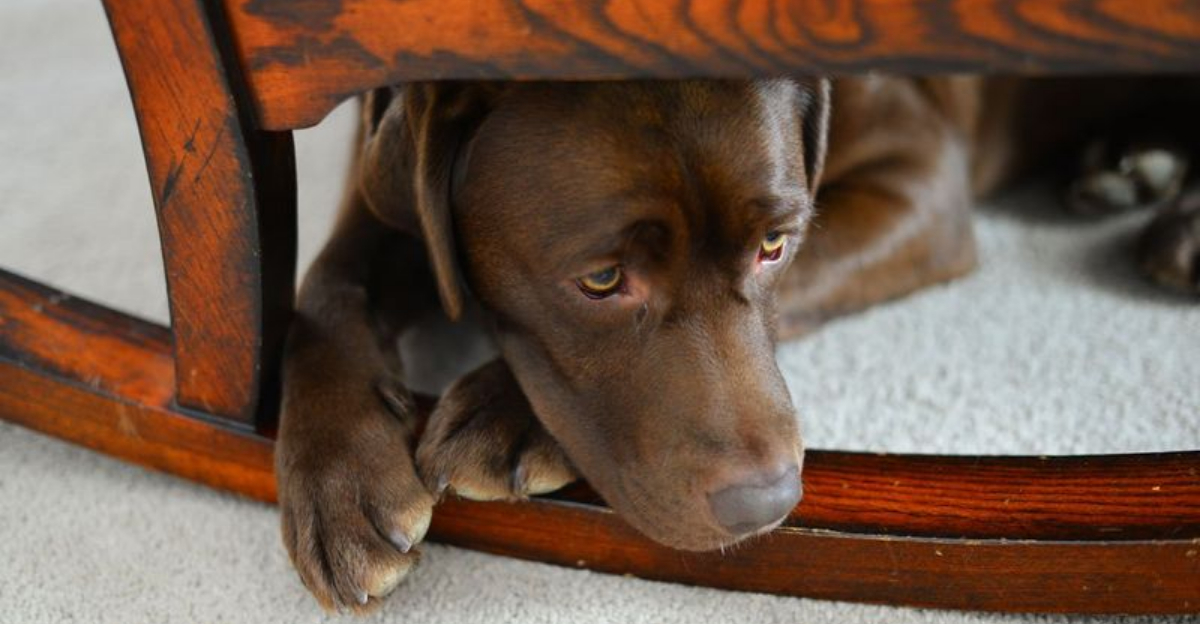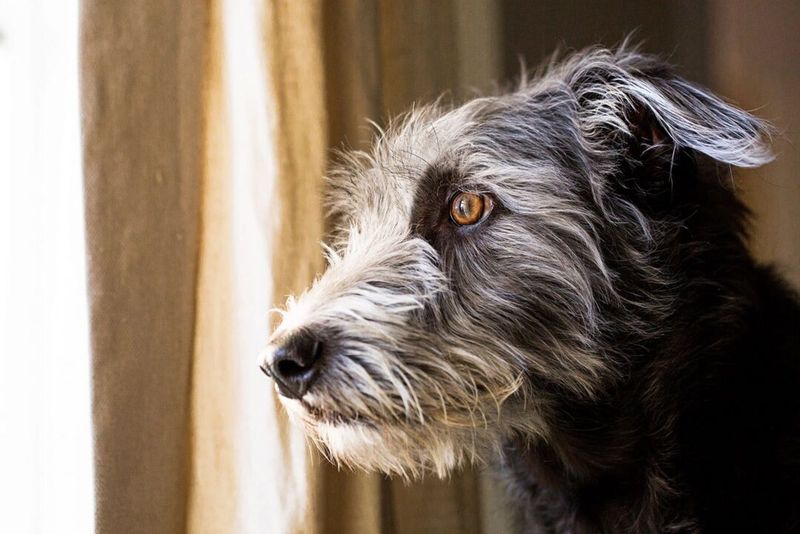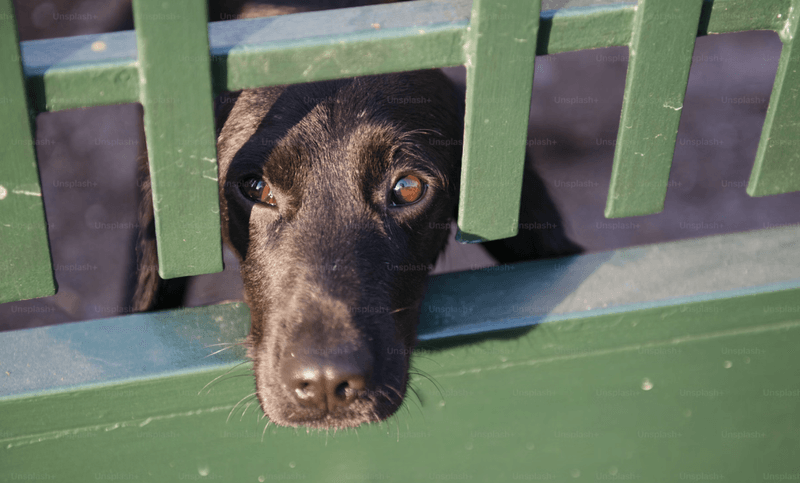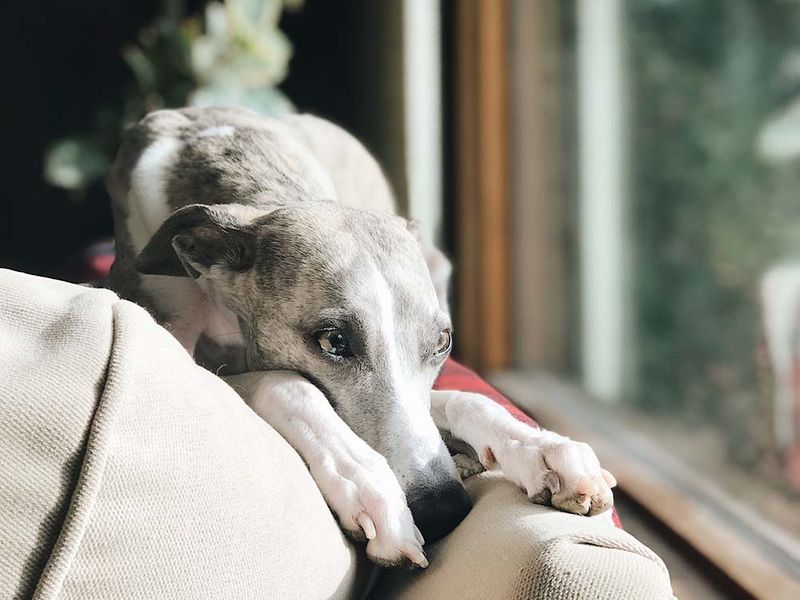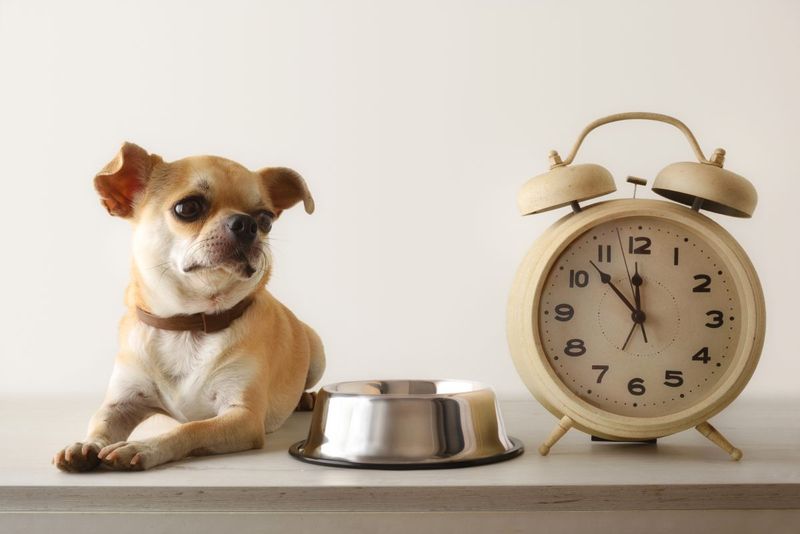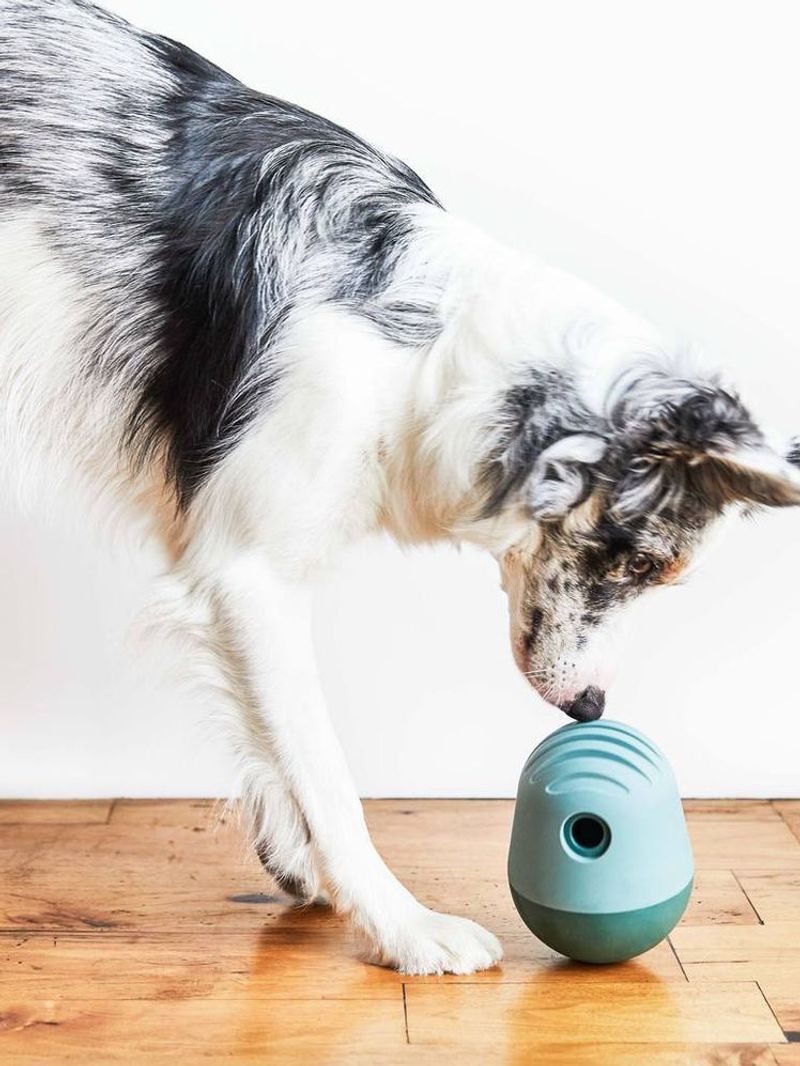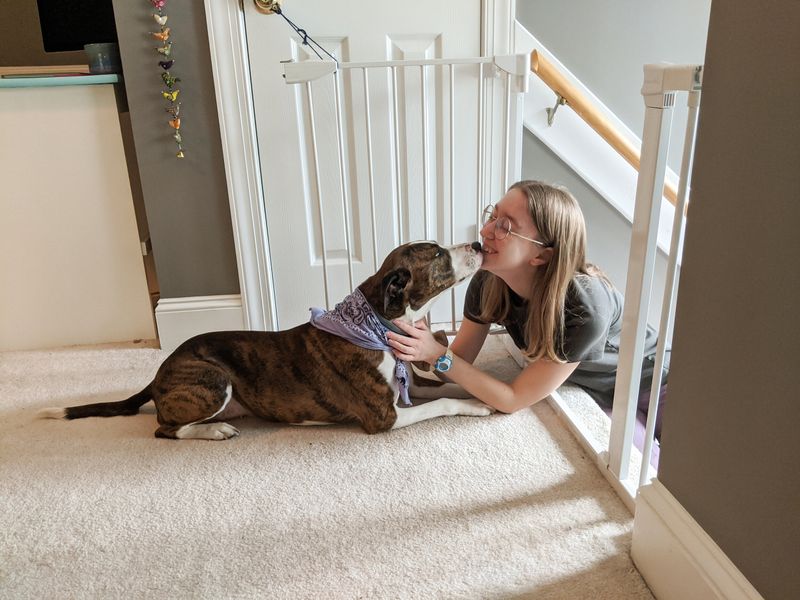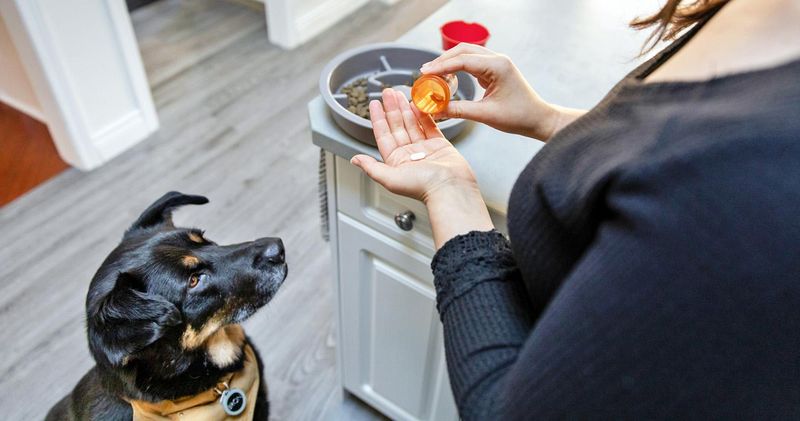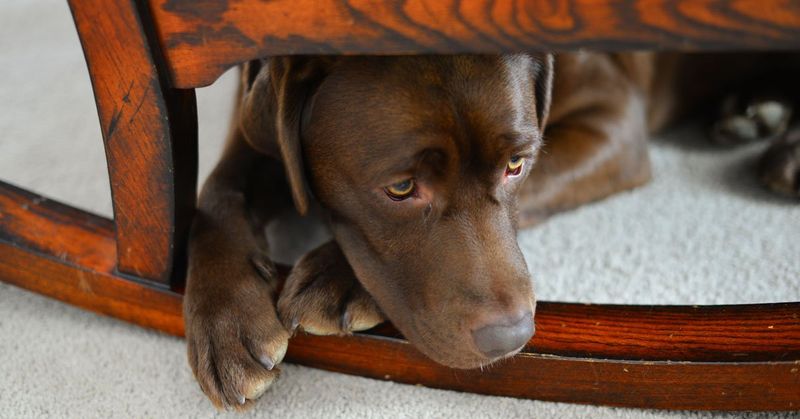Understanding separation anxiety in dogs is crucial for every dog owner. This condition can lead to destructive behavior, excessive barking, and even depression in dogs when left alone. Proper management and training can alleviate these symptoms and improve your dog’s quality of life. In this blog post, we will explore 10 essential things every dog owner should know and do to address separation anxiety. Each item provides unique insights and practical steps to help your furry friend feel more comfortable and secure when you’re not at home.
Recognizing Signs of Anxiety
Dogs often show signs of separation anxiety through behaviors like excessive barking, destructive chewing, or even attempts to escape. It’s essential to recognize these signs early. For instance, if your typically calm Labrador suddenly chews furniture when left alone, it might be anxious. Pay attention to changes in eating habits or sleep patterns too. These can be subtle indicators of stress. Sometimes, a dog might follow you around the house more than usual, seeking constant reassurance. Understanding these behaviors is the first step in helping your dog feel secure.
Creating a Safe Space
Creating a designated safe space for your dog can greatly reduce anxiety. This area should be comfortable and familiar, filled with the dog’s favorite toys and blankets. Consider using a crate if your dog sees it as a haven, not a prison. A quiet corner in the living room or a sunny spot by the window can also work wonders. The goal is to make this space feel like a retreat where your dog can unwind. It’s not just about physical comfort but emotional security as well.
Gradual Desensitization Training
Gradual desensitization involves slowly getting your dog used to being alone. Start by leaving the room for a few minutes and gradually increase the time. Pair these moments with positive reinforcement, like treats or praise, when your dog remains calm. For example, a Golden Retriever might initially struggle with 5-minute separations but can improve with patience. Consistency is key here. Over time, your dog will associate your absence with positive outcomes rather than anxiety. This method helps build resilience over time.
Utilizing Calming Products
Incorporating calming products can aid in managing separation anxiety. Options include pheromone diffusers, calming collars, or specially formulated treats. These products work by soothing the dog’s nerves and creating a sense of relaxation. For instance, a pheromone spray may mimic natural calming signals dogs recognize. However, not all products work for every dog, so it might take some experimentation. Always consult with a vet to find the best fit. Used alongside training, these products can make a noticeable difference.
Maintaining a Consistent Routine
A consistent daily routine can provide comfort to dogs with separation anxiety. Knowing when to expect meals, walks, and playtime helps reduce stress. Regular schedules create a predictable environment, which can be soothing. For instance, a morning walk followed by breakfast sets a positive tone for the day. Consistency in your comings and goings is crucial. Avoid making a big fuss when leaving or returning home. This helps your dog understand that departures and arrivals are a normal part of the day.
Interactive Toys and Games
Interactive toys and games can distract and entertain dogs during your absence. Puzzle toys or treat-dispensing balls are excellent options to keep them busy. A Border Collie, known for its intelligence, might enjoy solving complex puzzles. These activities engage the dog’s mind and reduce feelings of loneliness. Additionally, games that mimic natural canine behaviors, like hunting or foraging, can be particularly appealing. By providing mental stimulation, you’re helping to alleviate anxiety even when you’re not there.
Exercising for Stress Relief
Regular exercise is a powerful tool for managing separation anxiety. Physical activity helps release pent-up energy and reduces stress hormones. A German Shepherd, for instance, thrives on long walks or runs. Exercise should be tailored to your dog’s breed, age, and health. Not only does it improve physical health, but it also enhances mental well-being. Before you leave, a brisk walk or a game of fetch can tire your dog out, leading to a more relaxed state when alone. This proactive approach has proven benefits.
Professional Help: Trainers and Behaviorists
Sometimes professional intervention is necessary for severe cases of separation anxiety. Dog trainers and behaviorists offer expert insights and tailored strategies. They can observe specific behaviors and recommend targeted techniques. For example, they might use clicker training to reinforce positive behavior. Working with a professional can accelerate progress, especially if previous attempts have failed. It’s important to choose someone experienced with anxiety issues. This collaboration can provide both you and your dog with valuable support.
Exploring Medication Options
In some cases, medication may be necessary to manage severe separation anxiety. Consulting with a veterinarian is the first step to explore this option. Medications can range from anti-anxiety drugs to natural supplements. It’s essential to weigh the benefits and potential side effects. For instance, medication can be a temporary solution while other methods are implemented. Always follow a vet’s guidance and monitor your dog closely. This can be a sensitive decision, but sometimes it’s a crucial part of the treatment plan.
Understanding and Patience
Perhaps the most important aspect of managing separation anxiety is understanding and patience. Each dog’s journey is unique, requiring time and empathy. A calm demeanor from the owner can greatly influence the dog’s response. It’s about building trust and providing reassurance. Patience is vital as progress might be slow. Celebrate small victories and remain committed to the process. Over time, with persistence and love, even the most anxious dog can find comfort and safety in their routine.
